Knowing these signs can help you better understand your dog.
Others are reading now
Dogs primarily communicate through body language, and their signals can reveal a lot about their mood and intentions.
By understanding their movements and expressions, we can better interpret their emotions and needs.
This strengthens the bond between dog and owner, creating a safer and more harmonious relationship.
Many of the signals dogs send can have different meanings depending on the situation.
Also read
Therefore, it is important to look at the dog’s entire body language rather than focusing on a single sign.
When we learn to read their behavior correctly, we can respond more appropriately and ensure our dogs feel understood and secure.
Tail Wagging
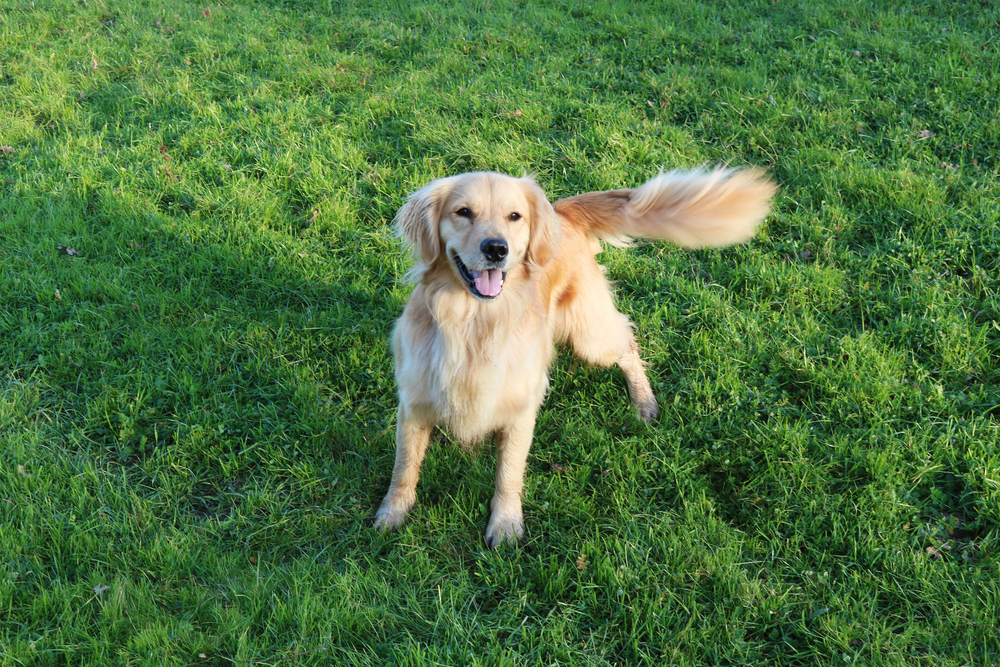
When a dog wags its tail, it is often a sign of happiness and excitement.
However, it can also indicate uncertainty, depending on the speed and position of the tail.
A relaxed tail wagging broadly suggests a friendly and happy dog, while a stiff tail with rapid movements can signal nervousness or tension.
Tilting the Head

If a dog tilts its head to the side, it may be a sign of curiosity.
It could be trying to understand a sound, a command, or a new object in its surroundings.
This behavior is often seen when we talk to our dogs, and they attempt to decode what we mean.
Laying the Ears Back
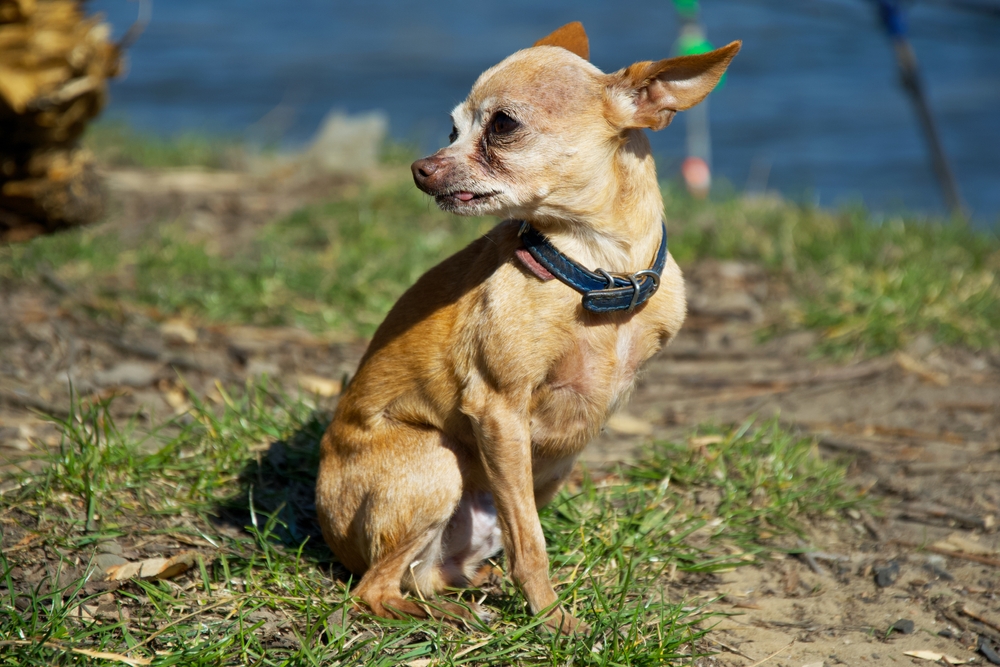
When a dog lays its ears back, it can mean different things depending on the context.
If the dog also lowers its body, it may be a sign of submission.
However, in more relaxed situations, it can also indicate friendliness and affection.
Growling
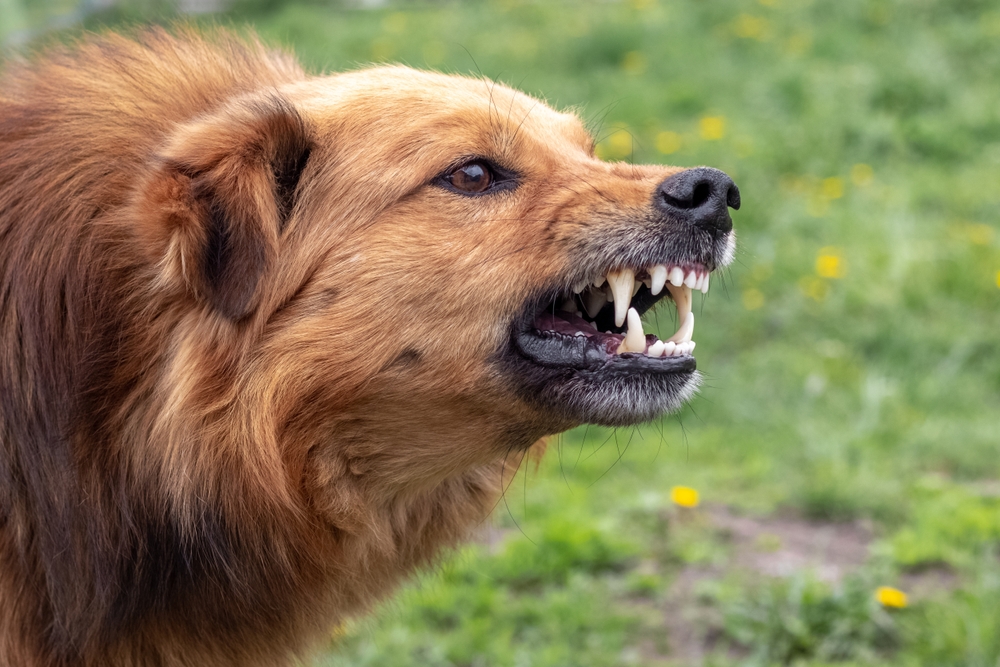
Growling is a warning and a way for the dog to express discomfort or insecurity.
It can be directed at another dog, a person, or a situation that feels threatening.
It is important to respect this signal and not punish the dog for setting boundaries.
Yawning

Yawning is not always a sign of tiredness in dogs.
It can also be a way to release stress or discomfort.
If a dog yawns repeatedly in an unfamiliar situation, it may be feeling pressured or uneasy.
Licking Its Lips
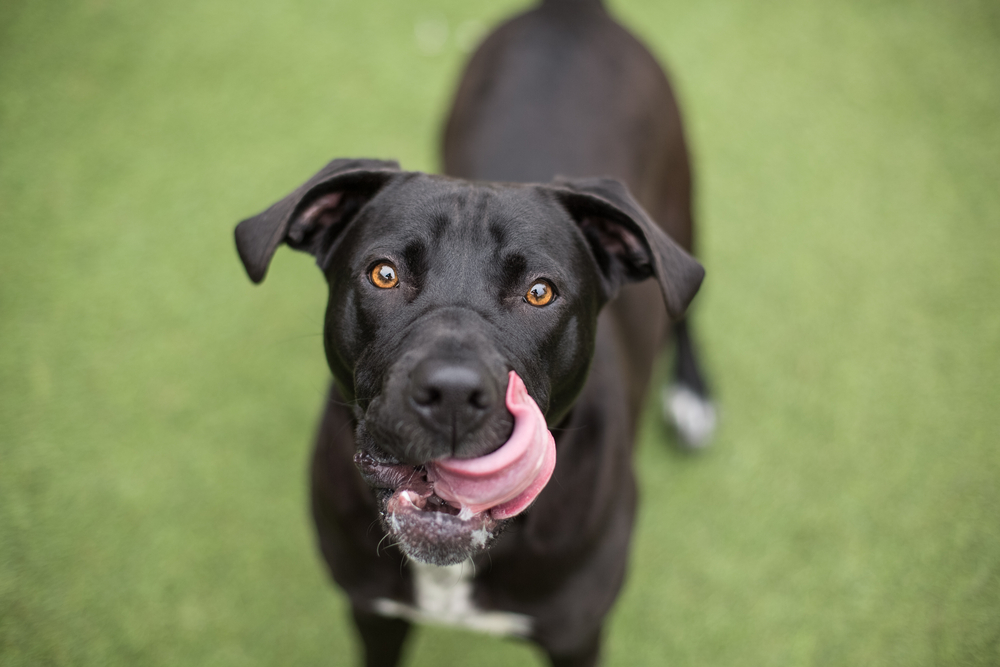
When a dog licks its lips, it may be a sign of nervousness or insecurity.
This often happens in situations where the dog feels stressed or confronted.
It can also be a calming signal used to avoid conflict.
Shaking Itself Off
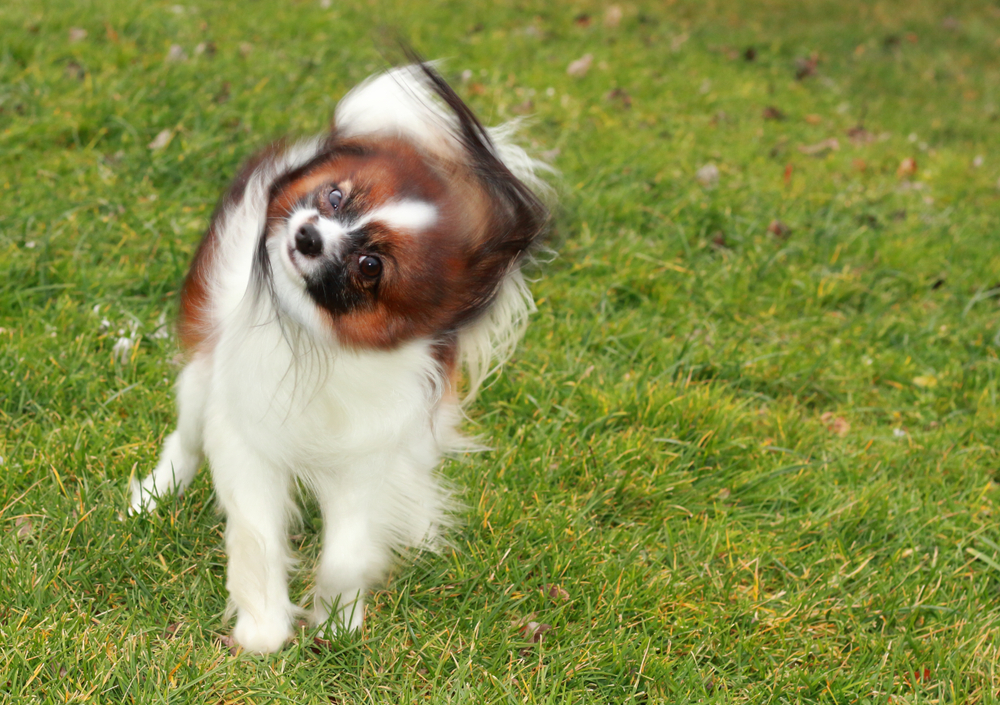
Dogs do not only shake themselves to dry off; they also do it to release tension or stress.
After a tense situation, a dog may shake itself to “reset” its body and mind.
This is often seen after play or interactions with other dogs.
Sitting on Your Feet

When a dog sits on your feet, it can be a sign of love and security.
Some dogs also do this to show a sense of ownership over their human.
It may be a way of seeking closeness and protection, especially in new or unfamiliar environments.
Lifting a Paw in the Air
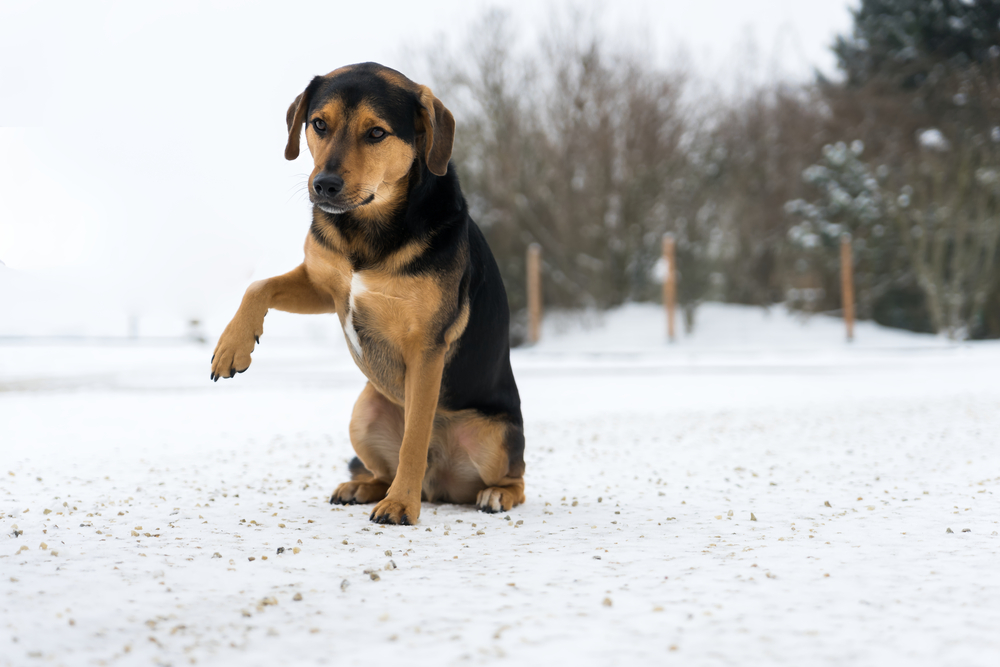
A dog that lifts a paw in the air may do so to get your attention or as a friendly greeting.
It can also be a sign of insecurity, especially if the dog hesitates and seems hesitant.
Many dogs do this during training when they are unsure of what is expected of them.
Rolling Over and Showing Its Belly

When a dog shows its belly, it can be either an invitation to play or a sign of submission.
If the dog is relaxed and wagging its tail, it usually enjoys a belly rub.
However, if it appears tense, it may be trying to signal that it does not want conflict.
Sniffing the Ground Intensely
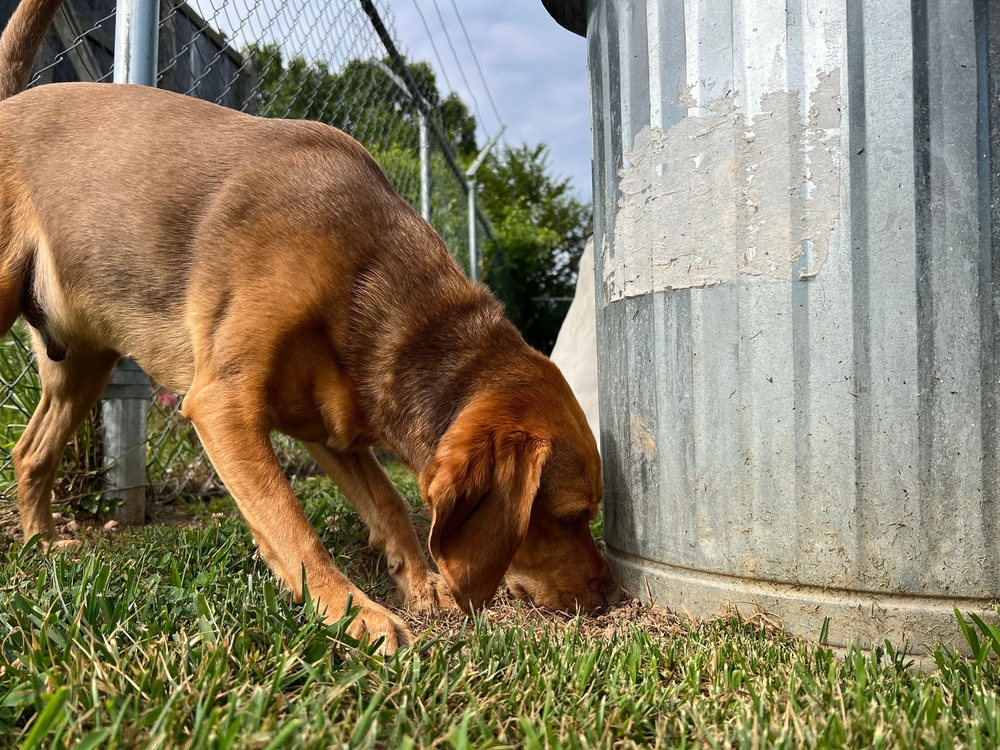
Sniffing is an essential part of how dogs perceive the world.
When a dog sniffs the ground intensely, it may be trying to pick up scents from other dogs or animals.
It can also be a hunting instinct, where the dog is following a scent.
Tucking Its Tail Between Its Legs
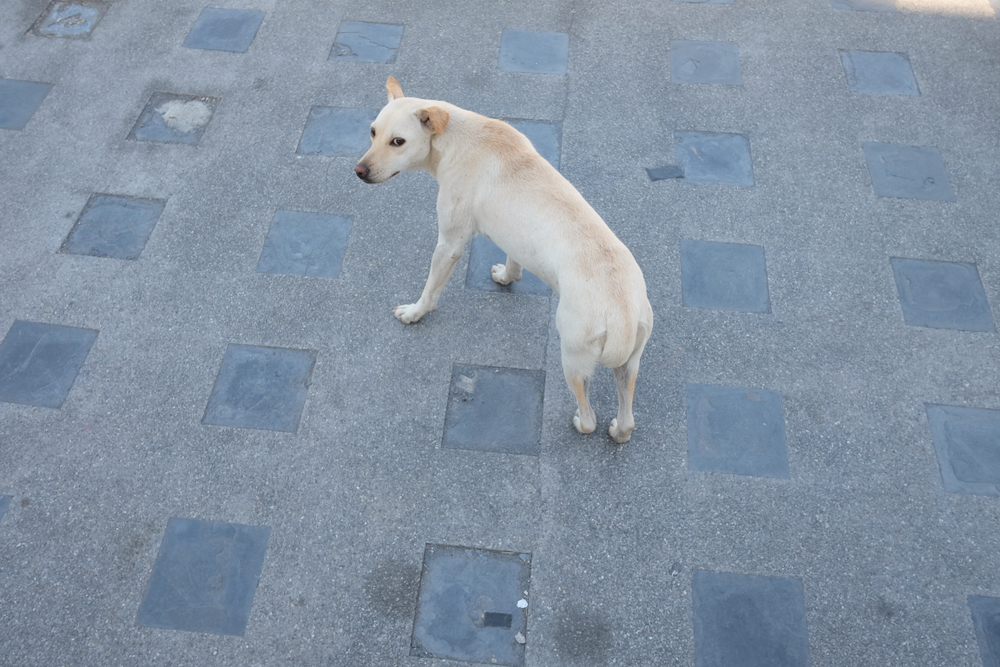
A tail tucked between the legs is a clear sign of fear or insecurity.
The dog may feel threatened or uncomfortable in the situation.
It is important to give the dog space and ensure it feels safe before attempting to interact with it.
Freezing and Staring

When a dog freezes and stares, it can be a sign that it feels threatened or is on high alert.
This behavior often occurs before potential aggression or a flight response.
It is crucial to read the rest of the dog’s body language to assess how it is feeling.
Gentle Biting or Nibbling

When a dog gently nibbles, it can be a form of play or a way of showing affection.
Puppies often do this as a natural part of their development.
However, it can also be a warning if the dog feels irritated or overwhelmed.


